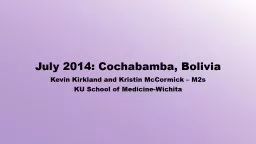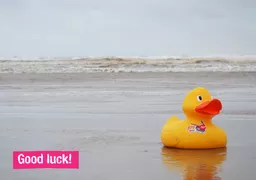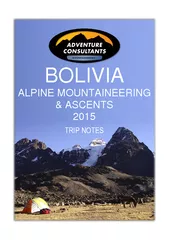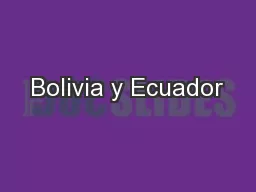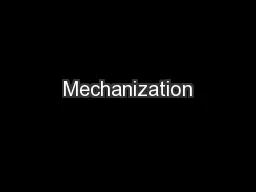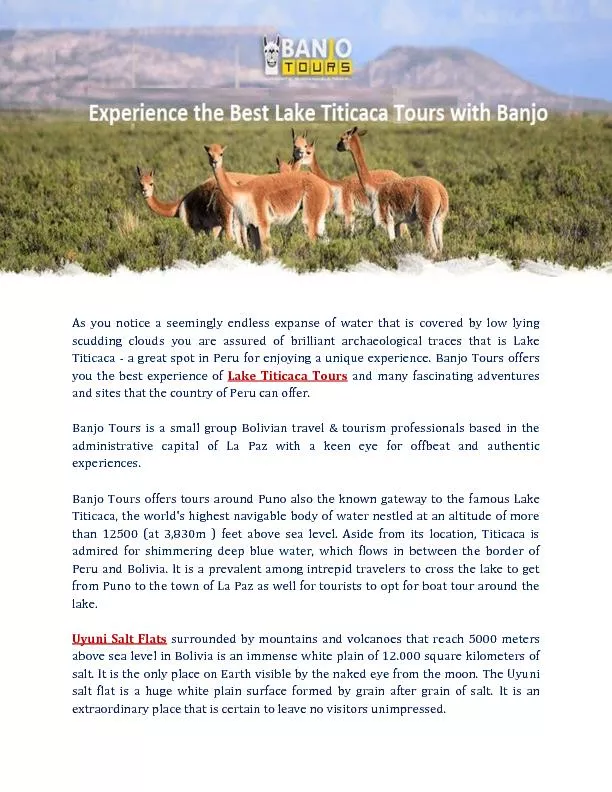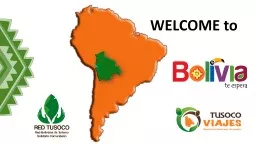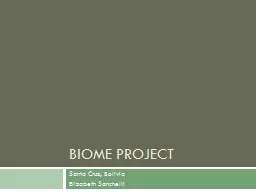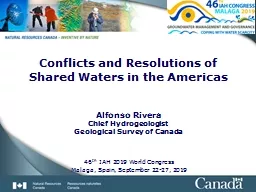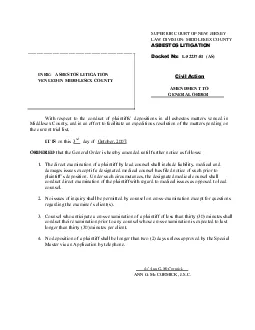PPT-July 2014: Cochabamba, Bolivia Kevin Kirkland and Kristin McCormick – M2s
Author : alexa-scheidler | Published Date : 2019-10-30
July 2014 Cochabamba Bolivia Kevin Kirkland and Kristin McCormick M2s KU School of MedicineWichita Hospitals of Hope Hospitales de Esperanza Vinto Cochabamba Bolivia
Presentation Embed Code
Download Presentation
Download Presentation The PPT/PDF document "July 2014: Cochabamba, Bolivia Kevin Kir..." is the property of its rightful owner. Permission is granted to download and print the materials on this website for personal, non-commercial use only, and to display it on your personal computer provided you do not modify the materials and that you retain all copyright notices contained in the materials. By downloading content from our website, you accept the terms of this agreement.
July 2014: Cochabamba, Bolivia Kevin Kirkland and Kristin McCormick – M2s: Transcript
Download Rules Of Document
"July 2014: Cochabamba, Bolivia Kevin Kirkland and Kristin McCormick – M2s"The content belongs to its owner. You may download and print it for personal use, without modification, and keep all copyright notices. By downloading, you agree to these terms.
Related Documents

